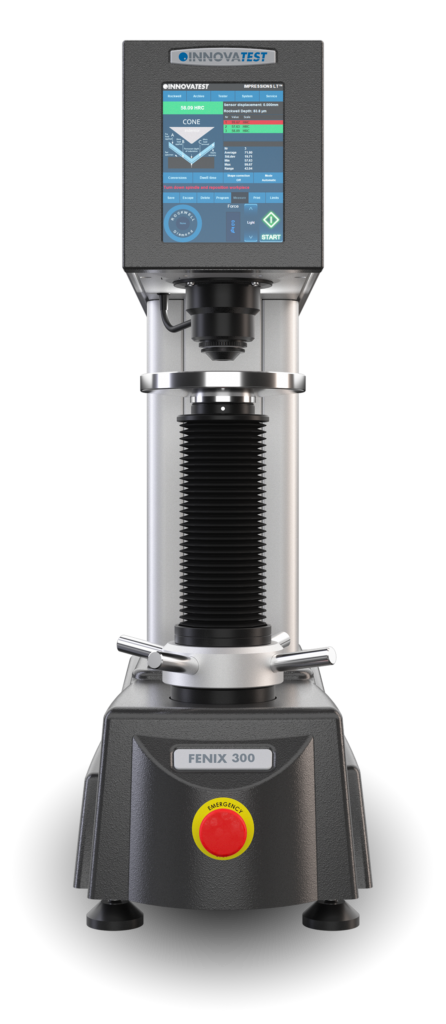When using the Rockwell hardness tester, we apply the ISO 6508 and the ASTM E18 methods of testing. These two methods are universally accepted and they are vital in determining the hardness of a material. Furthermore, they can be used for almost all types of metals and some plastics as well.
The Rockwell test is used to determine the permanent depth of indentation that a specified load/force produces on a specified indenter. Since the method only requires the least amount of sample preparations, it is an easier and quicker option to test for hardness for many industries globally.
The most outstanding advantage about the Rockwell hardness testing method is the speed used in testing and the ability to display all the hardness values after material penetration accurately.

Determining a Rockwell Hardness Test
You can determine the Rockwell hardness by applying a preliminary test force, which can be a minor load or preload. Afterward, you can apply a major load to ensure that you reach the maximum required load and return to the preliminary minor load.
The minor load is used as a reference or zero position. On the other hand, the major load is held for the amount of time predetermined, also referred to as dwell time, to allow for elastic recovery. The following step is to remove the major load while maintaining the minor load in position to find out the change from the reference position. This will help in determining the value of Rockwell hardness.
There are different Rockwell hardness tester series like the Fenix 200CL, NEMESIS, VERZUZ and NEXUS that are designed for endurance. Furthermore, we manufacture all the high-tech components and electronic boards internally to allow for the highest quality control.
Our team of testers will gather enough information in the early stages of your interest in our testers to ensure we provide you with adapted products fitting your testing needs.


